I recently tested Tamron’s 100-400mm. Immediately, there are several notable features:
- The weight or, really, lack thereof.
- Its fast autofocus.
- Image sharpness
- The price. Wow!
So, let’s jump into some photos and thoughts on this new entry to the lightweight tele-zoom segment.
I had high expectations for this lens as I normally shoot with Tamron’s 150-600mm F/5-6.3 Di VC USD G2 – it’s crazy sharp, lighter than a long prime and has amazing VC (vibration compensation) and AF (autofocus). It’s one of my favourite lenses
Let’s talk about the weight. Many photographers love the reach of the 150-600mm. It’s not a heavy lens as many super telephoto zooms are, but it’s significantly heavier than your kit zoom lens. Some photographers considered that the size and weight of the 150-600mm was too much. If you were one, then this is the lens for you. In fact, it’s the world’s lightest 100-400mm for Full Frame and APS-C DSLR cameras. Weighing a mere 1,115 grams, it’s a lens that will give you the long focal length and you’ll be happy to carry around all day.
Thanks to the light weight, the 100-400mm is very easy to handhold. This made it more useful at the hockey arena, where two of my grandkids played games. I was able to move around and shoot without a monopod getting in the way.
The new AF system is very fast and precise. I was using AF-C and 3D tracking on my D810 and the lens tracked the kids perfectly – especially Jack as he flew down the wing on a rush. That kid is pretty fast!
Tamron has included two micro-processors in this lens, just like the G2 lenses. One processor handles AF and the other looks after VC. This means the AF will lock on faster while the VC stabilizes the lens. What does that mean for you? Your lens will lock on to that moving bird better, track it’s movements better and it’s easier for you to see all the action in the viewfinder. That gives the Tamron a noticeable step up on its competition that still use one processor to handle all lens functions.
The use of an Ultra Sonic Drive AF motor greatly improves AF speed and accuracy. It’s also near-silent, which is great for video use.
Another consideration is just how small this lens is. Without the hood, it’s not much longer than a 70-300mm. My eldest granddaughter was in her first high school play and I had to sit near the back of the auditorium.
At 100mm, I could get a nice shot of most of the stage.
At 400mm, I could isolate her from the rest of the cast.
I think everyone around me also appreciated the size. It is small enough that I wasn’t blocking anyone’s view or hitting them with it as I looked around.
Of course, one of the common uses for superzooms is bird and wildlife photography. Tamron Canada was kind enough to send the optional tripod collar. I didn’t really need the collar, but it was nice to use a monopod while I was waiting patiently for them to do something other than be a “bird on stick”.
There was the usual collection of Northern Cardinals, Chickadees, Downy Woodpeckers and Nuthatches.
Spring must be coming if the White-throated Sparrow and Red-winged Blackbirds are back!
I received a bit of a shock while feeding the little birds when a flock of Wild Turkeys came after my little bag of food!
The zoom range was handy when looking out into the marsh or fields. At 100mm, I could see there were swans and count them, but it wasn’t until I zoomed in to 400mm that I could identify them as Mute Swans.
With an APS-C camera, the angle of view is equivalent to 150-600mm (160-640mm on Canon). Why does that look familiar? I was able to get a closer view of the Mute Swans in DX mode. That ice looks cold!!
Tamron claims 4 stops of hand-holding with Vibration Compensation (VC) engaged. I was able to handhold, at 400mm, down to 1/5s! That’s very impressive for a lens of this focal length. I can’t match that with any 400mm prime.
I tested the AF and VC with video. Focus was quick provided that the ambient light was good. VC worked well for minor vibrations, especially at the wider focal length. If you want crisp, shake-free video at long focal lengths – good advise for all lenses – use a tripod. Tracking AF in video worked well but there was a tendency to hunt a little bit when birds were in the undergrowth. Again, that’s typical behaviour of any lens in that kind of challenging environment.
Surprisingly for a lens of this weight and price, Tamron chose to weather-seal the 100-400mm. The front element features a fluorine coating so it’s easy to clean. The filter size is 67mm, which means filters will be far more affordable than the 77mm or 82mm used by other brands.
You can also fine-tune your lens via the Tamron Tap-In console and connect to your computer. This allows you to tweak the Autofocus, if necessary, and make adjustment to the focus limiter distance and customize the VC system.
I think Tamron has a winner. Image quality rivals the camera manufacturers, at significant price savings, all in a compact, good-looking package with excellent autofocus and image stabilization. You will be happy to reach for this Tamron the next time you need a longer lens.

About the Author – Will Prentice (www.capturaphoto.ca) is a professional photographer based out of Whitby, Ontario and Brand Specialist – Lighting for Amplis.



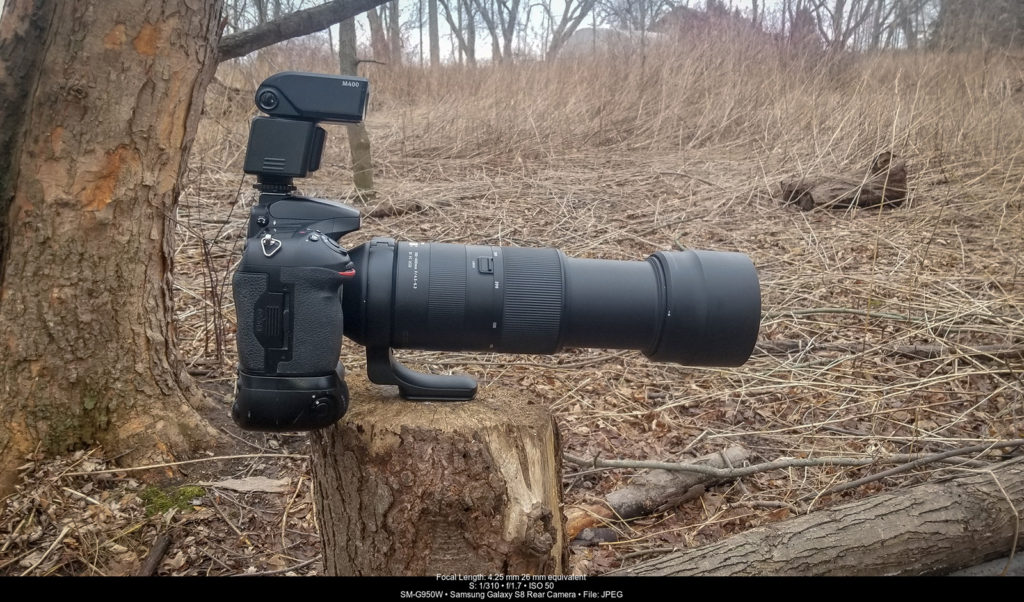




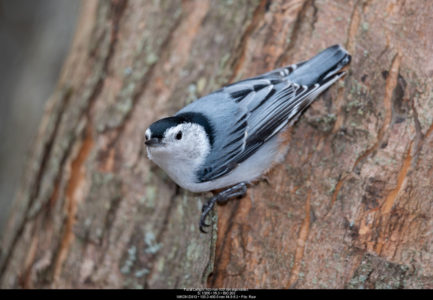
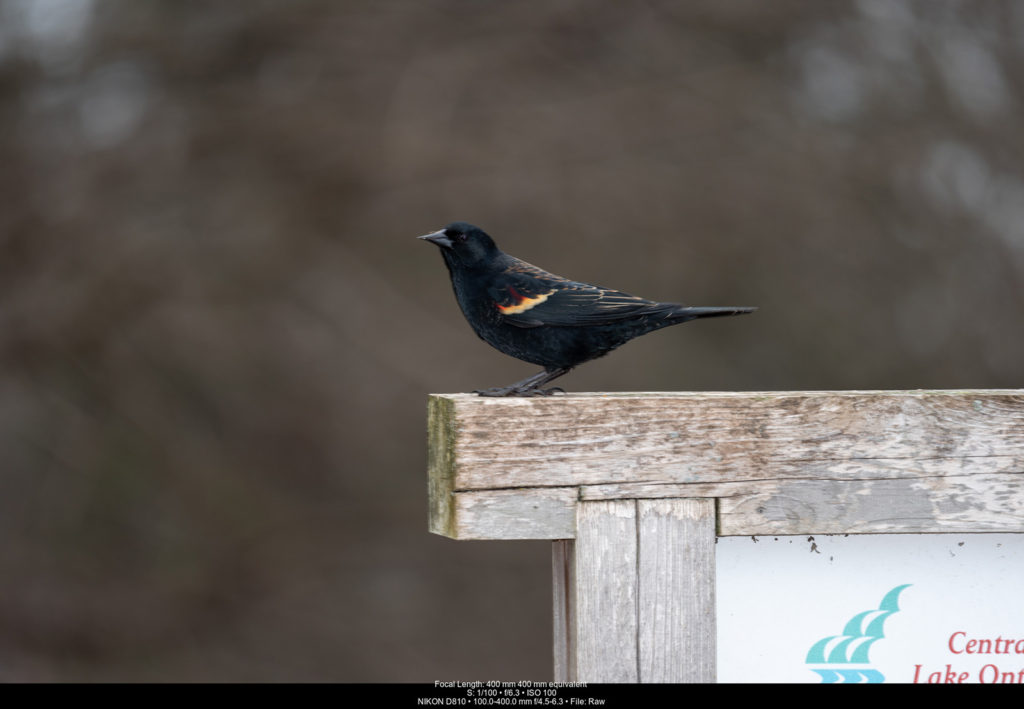


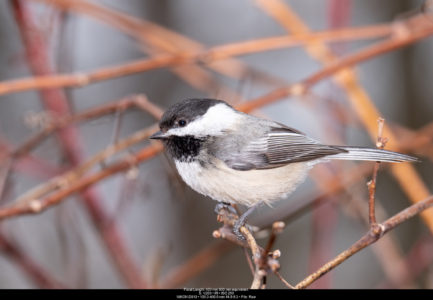

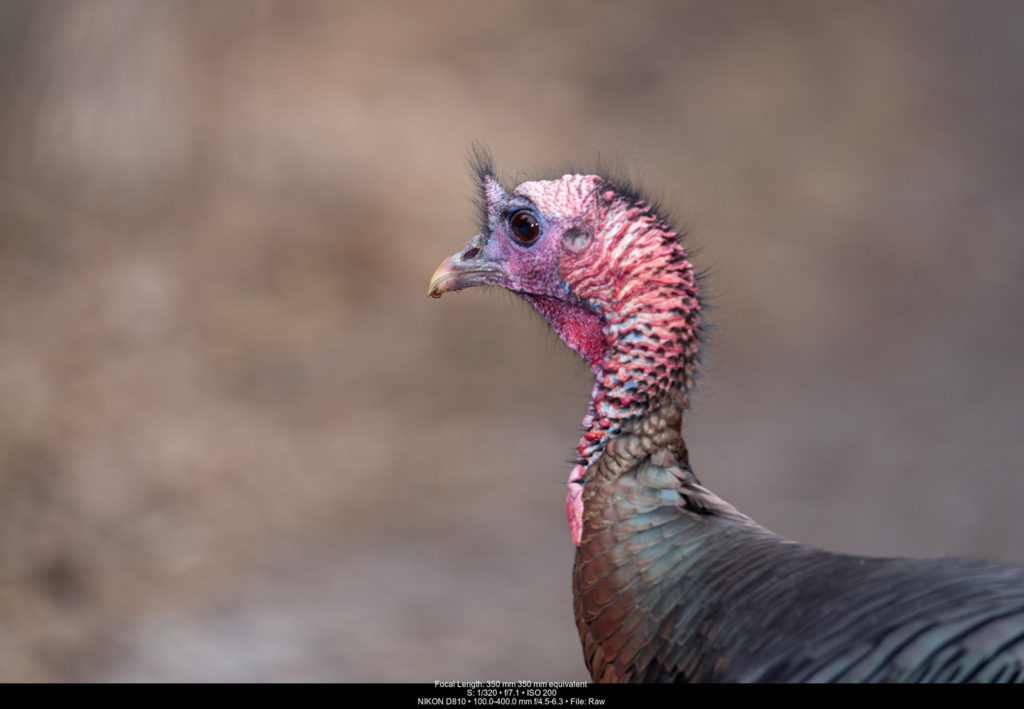
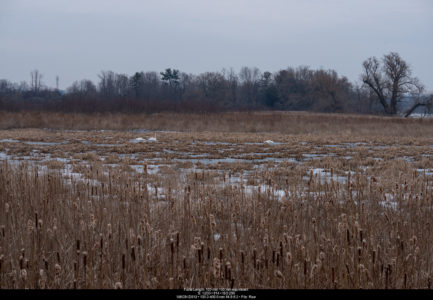
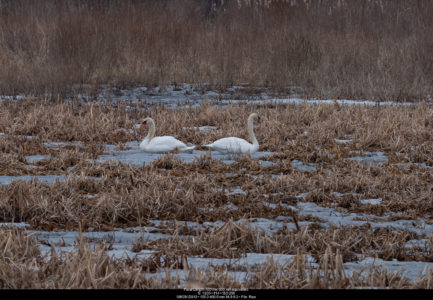






great comprehensive report. Thanks, I think I’ll buy it after reading this report.
I’m glad you enjoyed it. Feel free to share your thoughts and images on our Facebook page!